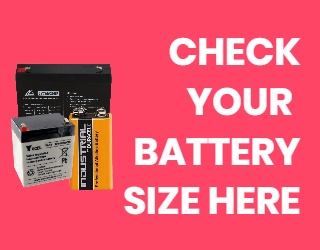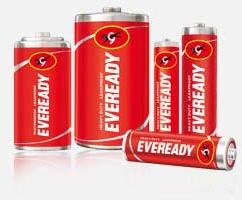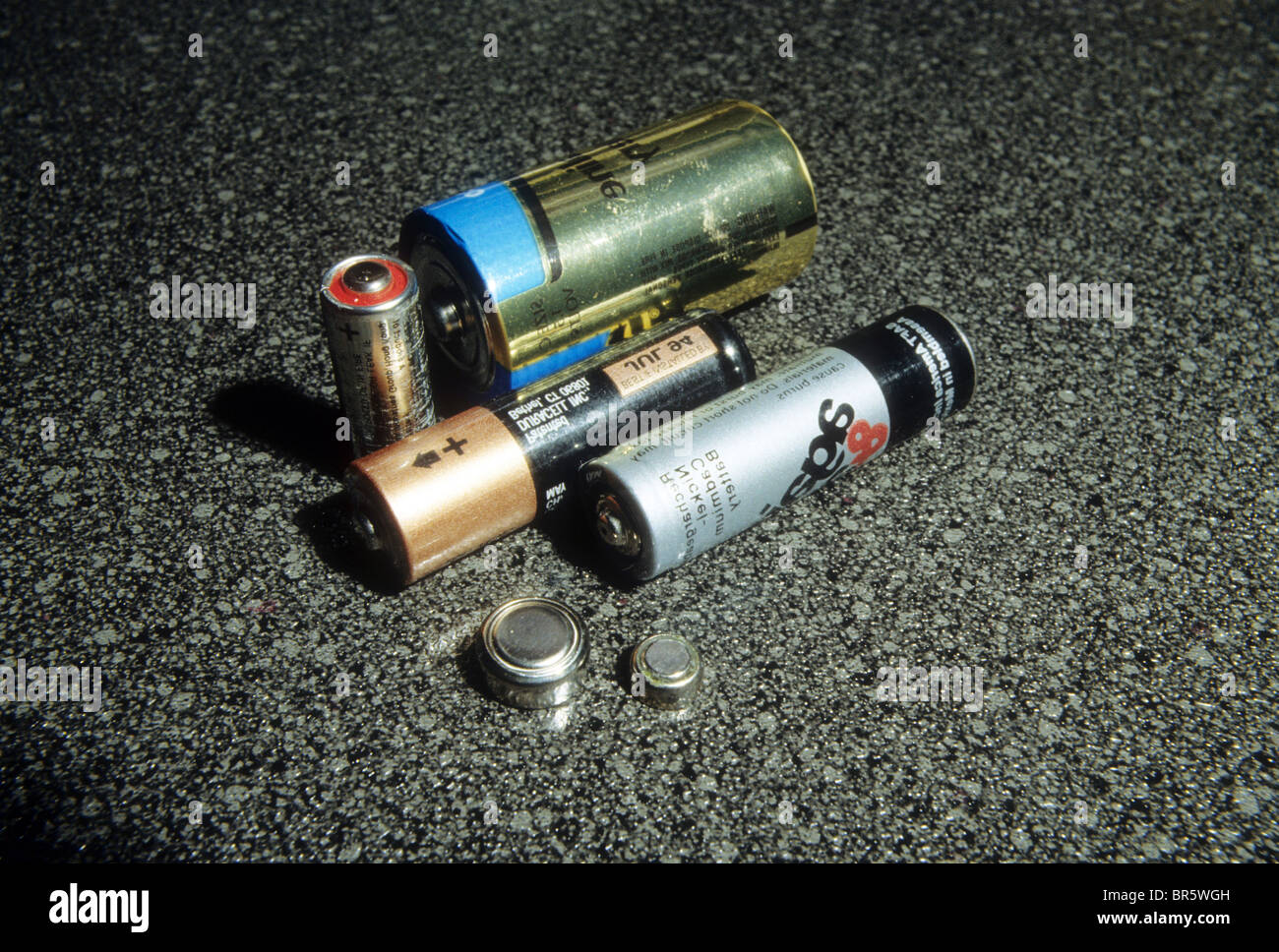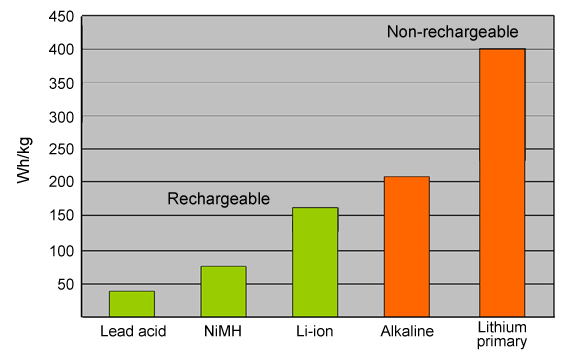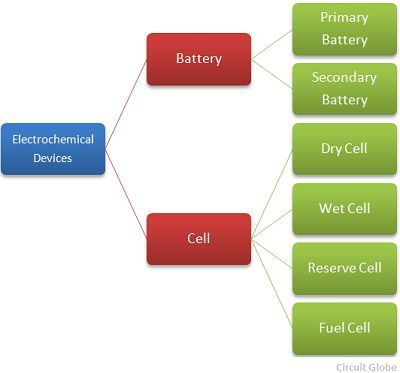This article lists the sizes shapes and general characteristics of some common primary and secondary battery types in household and light industrial use.
Types of dry cell battery sizes.
Note about gel batteries.
A carbon rod is placed in the battery which collects the current from the manganese dioxide electrode.
It also considered assembled batteries of larger size cells for ignition and similar work of which there are approximately 30 different sizes being made at the present time and adopted 6 of these as standard sizes.
Other sizes are identified with a similar numbering scheme.
For example a prismatic cell carries the number 564656p.
It is very common for individuals to use the term gel cell when referring to sealed maintenance free batteries much like one would use kleenex when referring to facial tissue or xerox.
Diameter can vary as much as 1 mm between different manufacturers length can also vary and also increase with a protruding end cap.
For this type of battery the typical absorption voltage range 14 0 to 14 2 volts.
Historically the term battery referred to a collection of electrochemical cells connected in series.
It is 5 6mm thick 46mm wide and 56mm long.
It considered 30 different sizes and kinds of flash light batteries and adopted 8 of these as standard sizes.
The main numbers used for the most common nimh and nicad battery sizes are.
Zinc carbon batteries are first commercial dry batteries which provide very low power and are also known as dry cell.
Typical float voltage range 13 1 to 13 3 volts.
The modern version was developed by japanese yai sakizo in 1887.
Today aa is frequently used as a size designation irrespective of the battery s electrochemical system.
It can give a 1 5volts of dc supply.
A dry cell is a type of electric battery commonly used for portable electrical devices it was developed in 1886 by the german scientist carl gassner after development of wet zinc carbon batteries by georges leclanché in 1866.
The 18650 cell is 18mm in diameter and 65 0mm in length.
These types of batteries are used in flashlight radios remote controls and wall clocks.

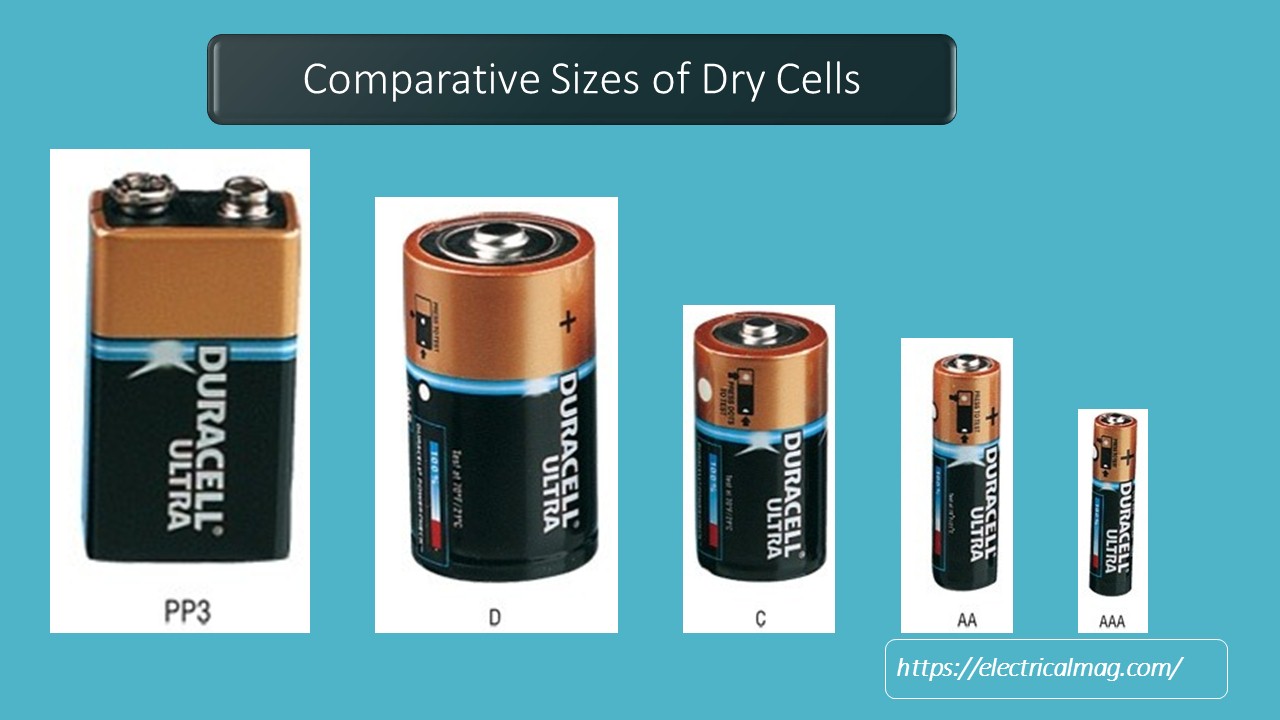



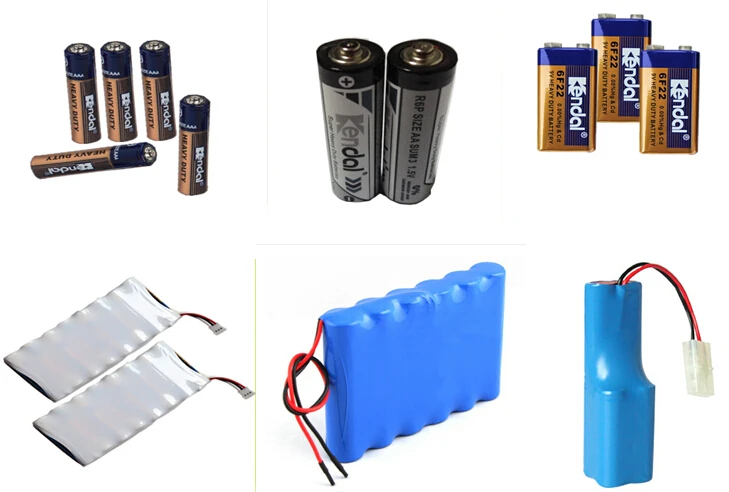






.jpg)
